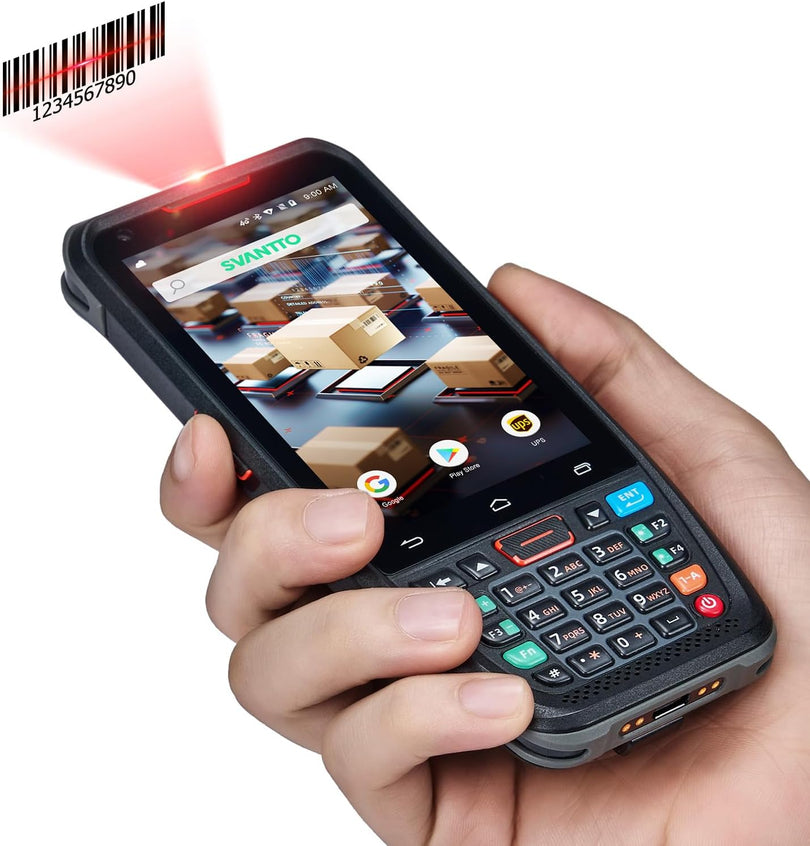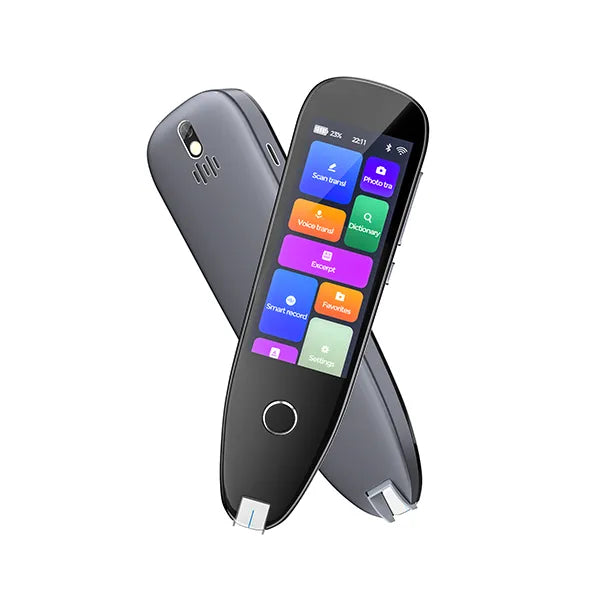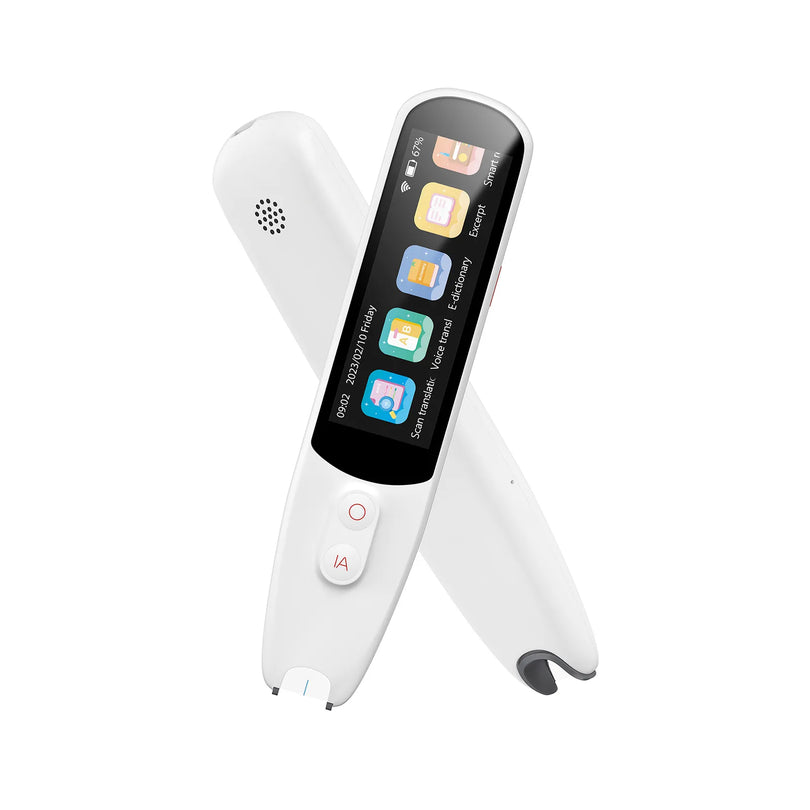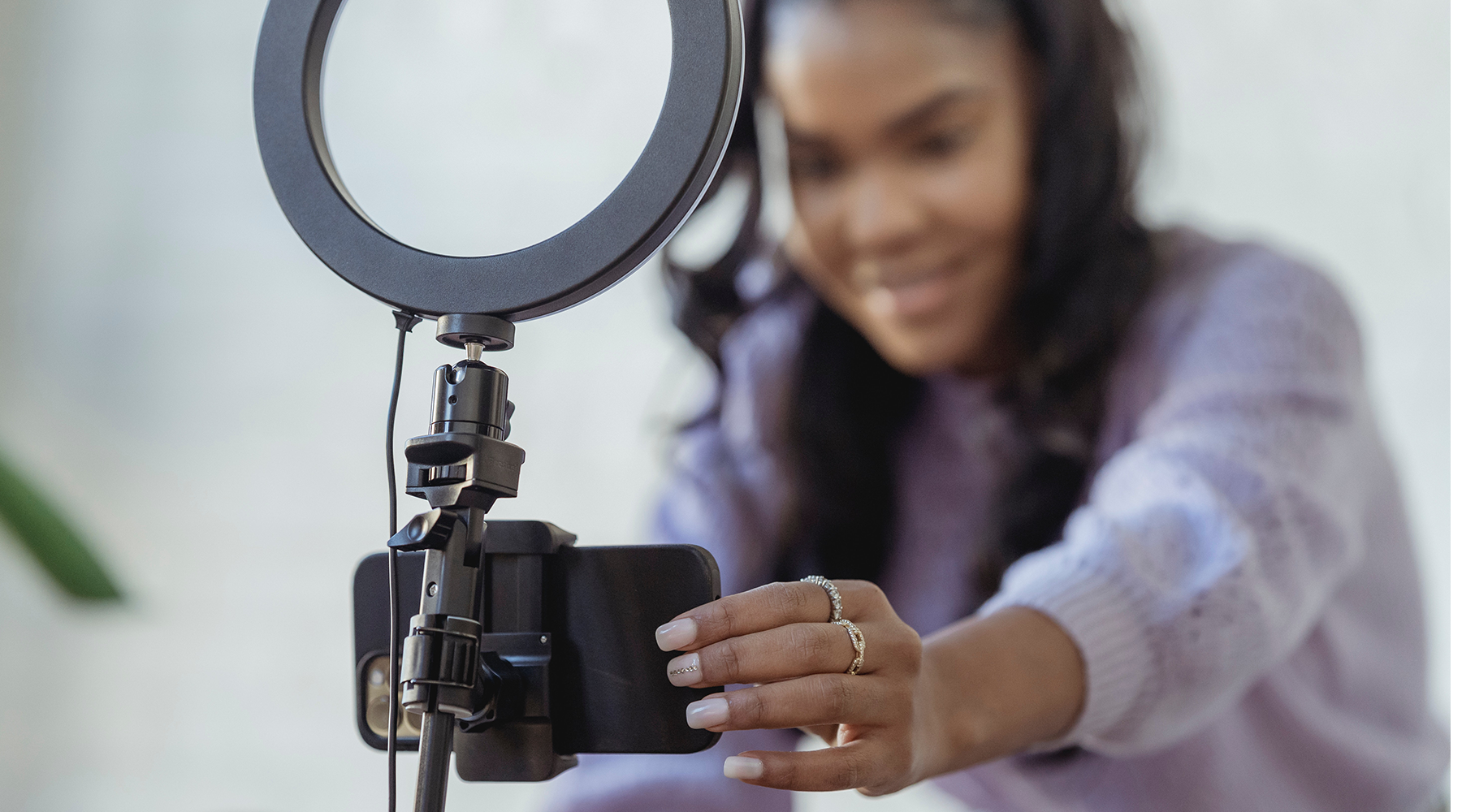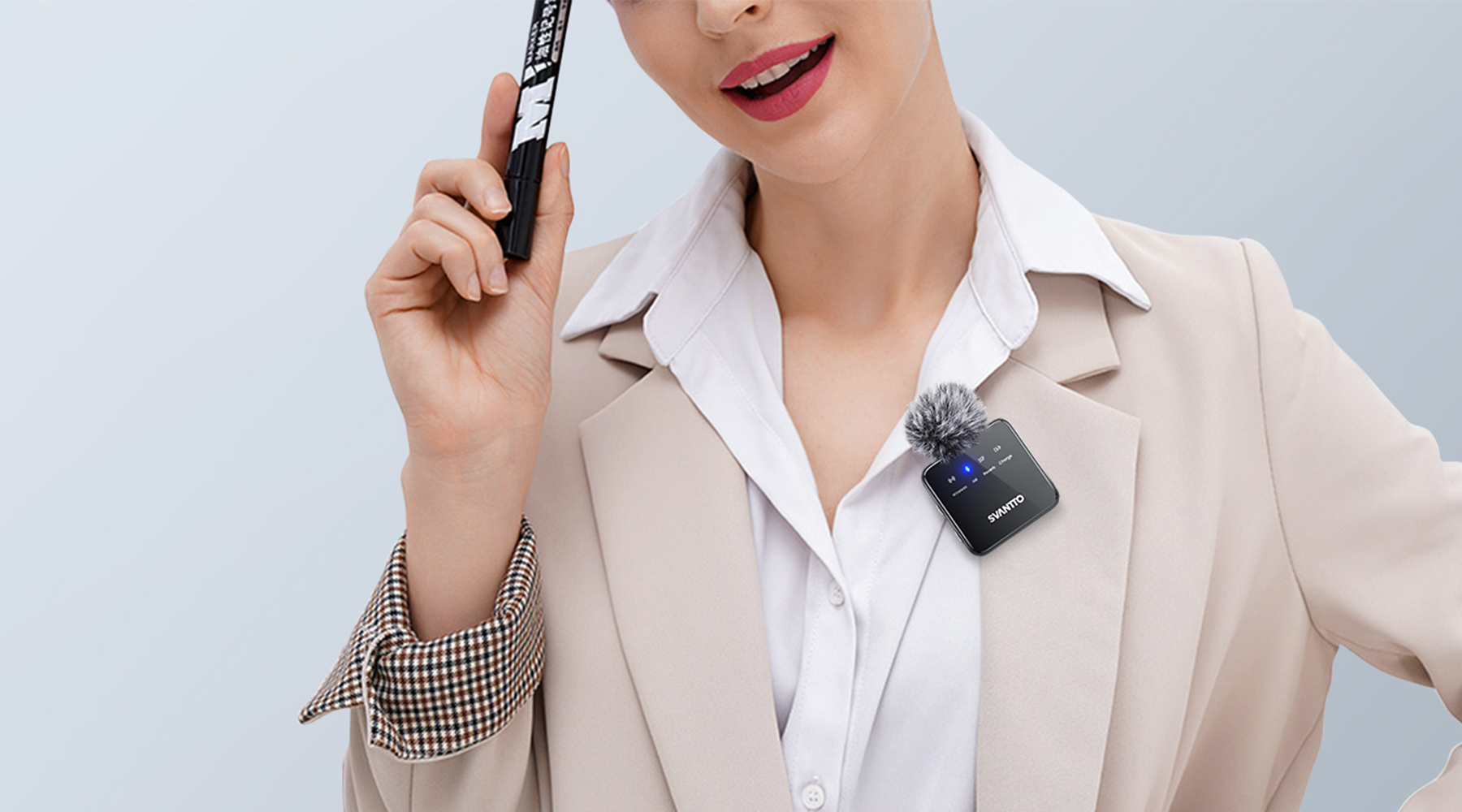A lavalier mic is a small microphone that's designed to be worn on-the-body and hidden behind clothing. It's also sometimes referred to as a lapel mic or tie clip microphone. The name comes from the fact that lavatories have traditionally been used for recording scenes by actors with the original "lav" being an abbreviation for "lavatory". In this article, we'll discuss what a lavalier microphone is, different types of lavalier mics, how they work, and how they can be used in conjunction with your iPhone or Android device. We'll also offer some safety tips and advice on how to choose the best wireless lav mic for your needs.

What is a lavalier mic?
Attaching a lavalier mic to clothing or a microphone clip is one of the most common ways to use them. The microphone itself is small and clips onto clothing, but it's connected to a transmitter that transmits the audio source directly into your body (or even into an object). The transmitter can either be clipped onto your belt or hidden in clothing, depending on how you plan on using it.
The main advantage of using this type of mic over other kinds of microphones is that you can easily hide it from view, which means that you won't have any visual distractions while recording. This can make things much easier if you're trying to record audio without anyone knowing what's going on.
Omnidirectional vs. Cardioid
Let's start by looking at the two main types of lavalier microphone: omnidirectional and cardioid.
- Omnidirectional - This type records audio from all directions, which is great if you want to capture a wide range of sound while filming in a group setting. However, it will pick up any background noise as well. If you're recording a classroom lecture or a business meeting, this might be what you need.
- Cardioid - This type focuses on recording sounds directly in front of the mic without picking up sounds from behind or to either side. It's also known as uni-directional because its directional pattern is controlled by its design and can't be adjusted like with other mics (you'll learn more about that later). If your subject doesn't have any background noise and needs to be heard clearly without much interference, then this is probably the best type for their purposes.
Wireless vs. Cabled
As with most technology, the choice between wired and wireless is largely a matter of personal preference.
Wireless mics are convenient because they eliminate the need for a cable connecting the mic and camera, but if you're shooting in an area with low Wi-Fi or cellular signals, that convenience could come at the cost of sound quality. In fact, wireless microphones can be susceptible to interference from other devices operating on similar frequencies (such as microwaves). Cabled mics are also less expensive than their wireless counterparts.
Cabled microphones tend to be more reliable and easier to use than their wireless counterparts because you don't have anything else interfering with your audio setup—you simply connect one cable from your camera's audio output jack directly into whatever device you want to record onto (like a smartphone).
How to use wireless lavalier
1. Connecting a wireless lavalier receiver to an iPhone, Android phone, or LSRL camera (need an adapter). If you connect it to a computer, you need to change the audio input in the setting.
2. Clip the wireless lavalier transmitter to the top of your shirt. Make sure to place it to your mouth to get better sounds.
3. Turn on the transmitter and receiver by pressing the power button. Once the light on it stays on, it means they are paired.
Things to consider
Noise reduction - You want to make sure that it is as noise-free as possible so as not to pick up background noises that could interfere with the audio quality of your project. SVANTTO IWM01 wireless lavalier microphone offers 3 levels of noise reduction.With this feature, you can set the microphone to your desired level so that you can hear yourself clearly when you are speaking into it or recording something. If you want to use this microphone for a video conference or interview with someone else, then you should set it on high or medium because it will have less background noise than if you were using low.
Mic Placement - The placement of your lavalier mic will determine how well it picks up sound. The best way to get good sound is by having it close to your subject's mouth, but not so close that it picks up breathing noises or lip smacking. Make sure to experiment with different positions until you find one that works best for you and your project! An unique feature about SVANTTO IWM01 wireless microphone is its 360° rotatable clip that can move in any direction you want while being clipped to you.
Final thoughts
A lavalier mic is an important tool for a videographer to have. It is not just a piece of equipment, but it can also be used to enhance your videos. You do not have to spend a lot of money on expensive equipment if you want quality sound in your videos. Instead, you should consider purchasing one of these affordable options that will get the job done right and save you money at the same time!
You might also like:

